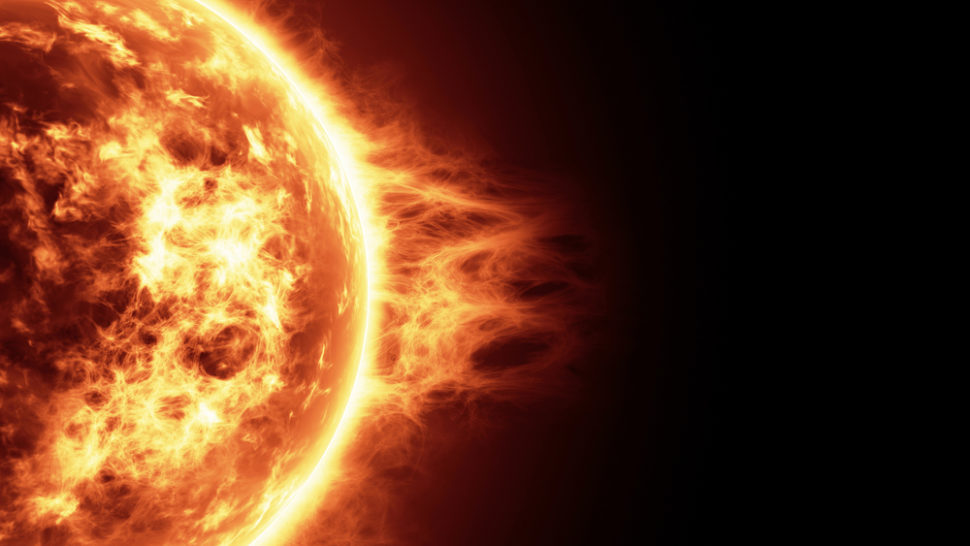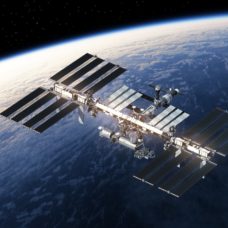As public and private space organizations compete to lead exploration, a new study reveals how space radiation has gotten worse at a faster pace than anticipated.
In a study published in the journal Space Weather by researchers from the University of New Hampshire, it was reported that space radiation has been getting worse faster than what was initially thought. According to the researchers, exposure to higher levels of radiation could have serious implications not just on the astronauts, but on any satellite technology as well.
“The radiation dose rates from measurements obtained over the last four years exceeded trends from previous solar cycles by at least 30 percent, showing that the radiation environment is getting far more intense,” Nathan Schwadron, a professor of physics and lead author of the study, was quoted as saying.
“These particle radiation conditions present important environmental factors for space travel and space weather, and must be carefully studied and accounted for in the planning and design of future missions to the moon, Mars, asteroids and beyond.”
The latest levels of radiation measurements were reportedly taken from the CRaTER on NASA’s Lunar Reconnaissance Orbiter (LRO). Back in 2014, Schwadron and his team initially predicted that space radiation would increase by about 20 percent in the next four years. However, the most recent measurement exceeded their prediction as it shows a 30 percent increase.
Space Radiation
For decades, space radiation has been one of the primary concerns of scientists when it comes to planning space missions. Unlike Earth which has multiple layers of protection against harmful solar radiation, the Moon and other planets like Mars have none. This poses significant problems as prolonged exposure to radiation will deteriorate equipment and organic matter.
Without proper protection, astronauts could suffer radiation sickness in space or worse, damage vital organs and leave the door open to pervasive cancers.
According to scientists, changes in the levels of space radiation is mostly based on the natural cycles of the sun’s activity. Meaning, if the sun goes through a solar minimum, space radiation levels fluctuate because the sun’s magnetic field is weaker during this phenomenon. Apparently, weaker magnetic field causes more solar radiation to slip into space.
“When we started sending human beings to the moon in the late 60s, the solar activity cycles were fairly strong, so the number of cosmic rays were lower,” Schwadron told the Boston Globe. “But now the cosmic rays number is going up.”
Using the data gathered by CRaTER on board the Lunar Reconnaissance Orbiter of NASA, the researchers observed that the GCR radiation levels are rising faster than previously thought. Apparently, this is due to the unusual lack of solar activity from the sun which causes its magnetic field to weaken.
Research suggests that the sun’s activity “ebbed and flowed like clockwork” in cycles of 11 years, with six to eight-year lulls in activities known as the solar minimum. Then, it is followed by two to three-year periods in which the sun will become more active. However, in 2006, researchers reportedly observed the longest solar minimum and the weakest sun activity during the space age.
With the drastic changes in the environment of space, researchers are now working on keeping astronauts protected from space radiation. For instance, Israel-based StemRad is reportedly developing a vest that can help shield vital human tissues like reproductive organs and stem cells from the harmful effects of radiation.
However, even this protective vest will have to undergo modifications because of the latest findings of the University of New Hampshire researchers.



















Comments (0)
Most Recent